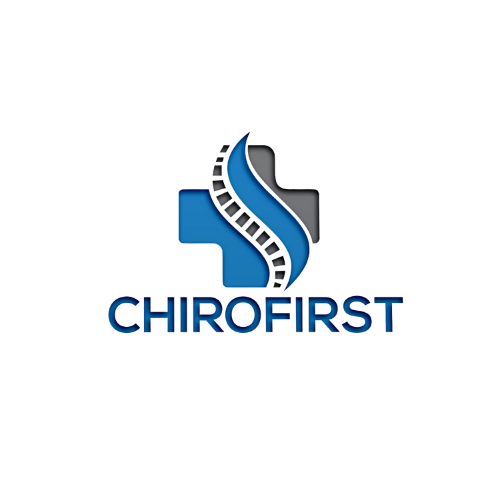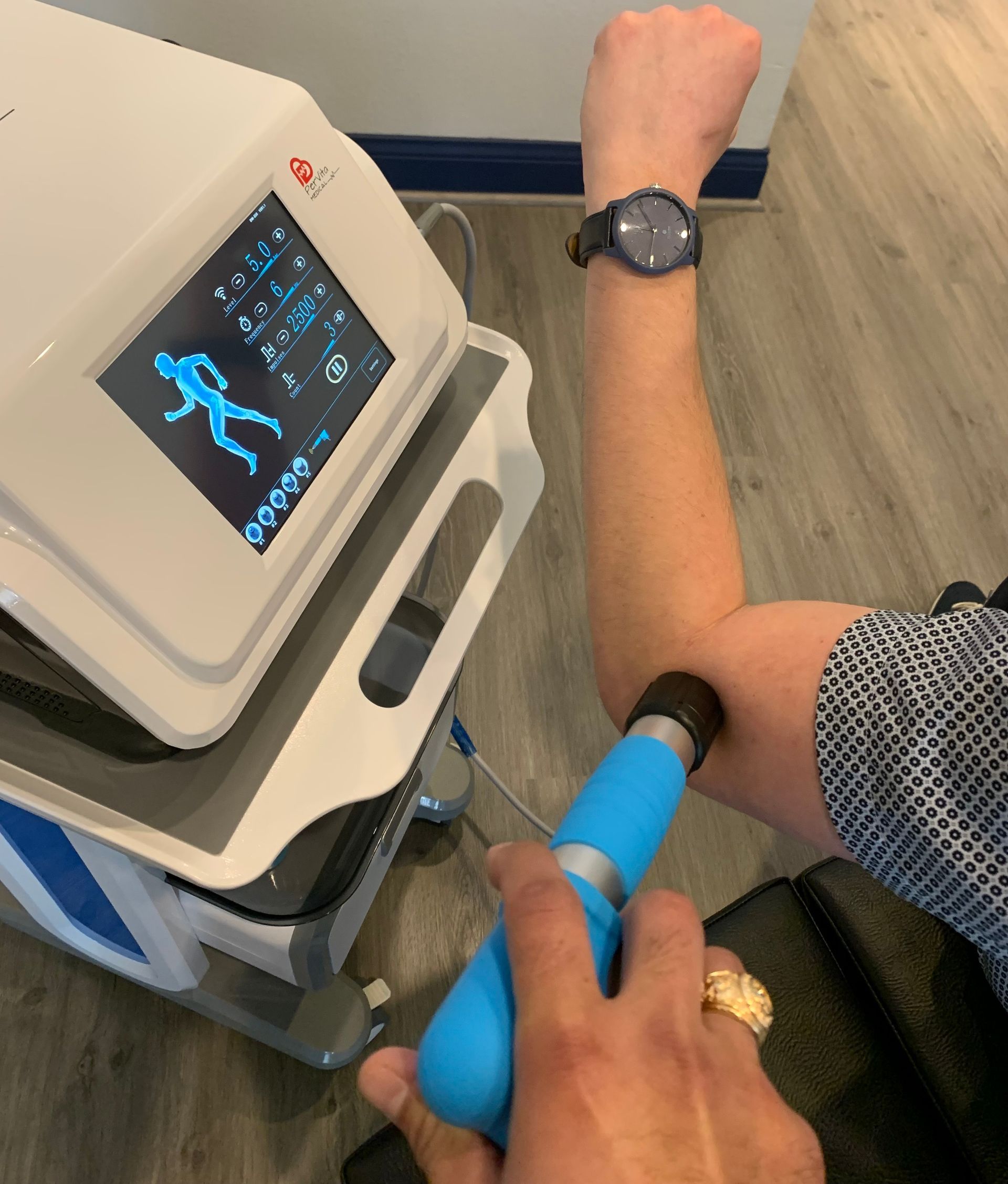Extracorporeal Shockwave Therapy
Exploring Extracorporeal Shockwave Therapy: A Revolutionary Approach to Treating Injuries
Exploring Extracorporeal Shockwave Therapy: A Revolutionary Approach to Treating Injuries
In the realm of modern medicine, innovative treatments continue to emerge, offering new hope and solutions for individuals suffering from various health conditions. One such groundbreaking therapy gaining traction in the field of sports medicine and orthopedics is Extracorporeal Shockwave Therapy (ESWT). This non-invasive procedure has shown promising results in the treatment of musculoskeletal injuries, providing patients with an alternative to traditional interventions such as surgery or medication. In this blog post, we'll delve into the intricacies of ESWT, its mechanism of action, and its applications in managing injuries.
Understanding Extracorporeal Shockwave Therapy:
Extracorporeal Shockwave Therapy involves the use of high-energy acoustic waves to stimulate the body's natural healing process. These shockwaves are generated outside the body and delivered to the affected area using a handheld device. The therapy is typically administered in a clinical setting by trained healthcare professionals.
Mechanism of Action:
The precise mechanism of action of ESWT is not fully understood, but researchers believe that it elicits several biological responses within the body. These include:
- Neovascularization: Shockwaves promote the formation of new blood vessels (neovascularization) in the affected area, improving blood flow and oxygenation, which are essential for tissue repair.
- Stimulation of Stem Cells: ESWT may activate mesenchymal stem cells, which play a crucial role in tissue regeneration and repair.
- Reduction of Inflammation: Shockwaves have anti-inflammatory effects, helping to alleviate pain and swelling associated with injuries.
- Disruption of Calcifications: In conditions such as calcific tendinitis, ESWT can break down calcium deposits, facilitating their absorption by the body.
Applications in Injury Treatment:
Extracorporeal Shockwave Therapy has demonstrated efficacy in the management of various musculoskeletal injuries, including:
- Plantar Fasciitis: ESWT is commonly used to treat plantar fasciitis, a condition characterized by inflammation of the plantar fascia in the foot. Clinical studies have shown that shockwave therapy can significantly reduce pain and improve function in individuals with this condition.
- Tendinopathies: Tendinopathies, such as Achilles tendinopathy and tennis elbow, can be challenging to treat. ESWT offers a non-invasive option for promoting tendon healing and relieving symptoms.
- Rotator Cuff Injuries: Rotator cuff injuries are common among athletes and individuals engaged in repetitive overhead activities. ESWT may help accelerate the healing process and improve shoulder function in patients with rotator cuff tears.
- Stress Fractures: Stress fractures are small cracks in the bone caused by repetitive mechanical stress. ESWT has shown promise in promoting bone healing and reducing pain in individuals with stress fractures.
Benefits of Extracorporeal Shockwave Therapy:
Extracorporeal Shockwave Therapy offers several advantages over traditional treatment modalities:
- Non-Invasive: ESWT is a non-invasive procedure that does not require surgery or anesthesia, reducing the risk of complications and downtime.
- Minimal Side Effects: The side effects of ESWT are generally mild and transient, including temporary discomfort or bruising at the treatment site.
- Faster Recovery: Compared to surgical interventions, ESWT typically involves a shorter recovery period, allowing patients to return to their normal activities sooner.
- Cost-Effective: In many cases, ESWT may be more cost-effective than surgery or long-term medication therapy, making it a viable option for patients seeking affordable treatment options.
Conclusion:
Extracorporeal Shockwave Therapy represents a promising approach to treating a wide range of musculoskeletal injuries. By harnessing the power of acoustic waves to stimulate the body's natural healing mechanisms, ESWT offers patients a non-invasive and effective alternative to traditional interventions. As research in this field continues to evolve, ESWT is poised to become an integral part of the treatment paradigm for sports injuries, chronic pain conditions, and orthopedic ailments, improving outcomes and quality of life for countless individuals.


